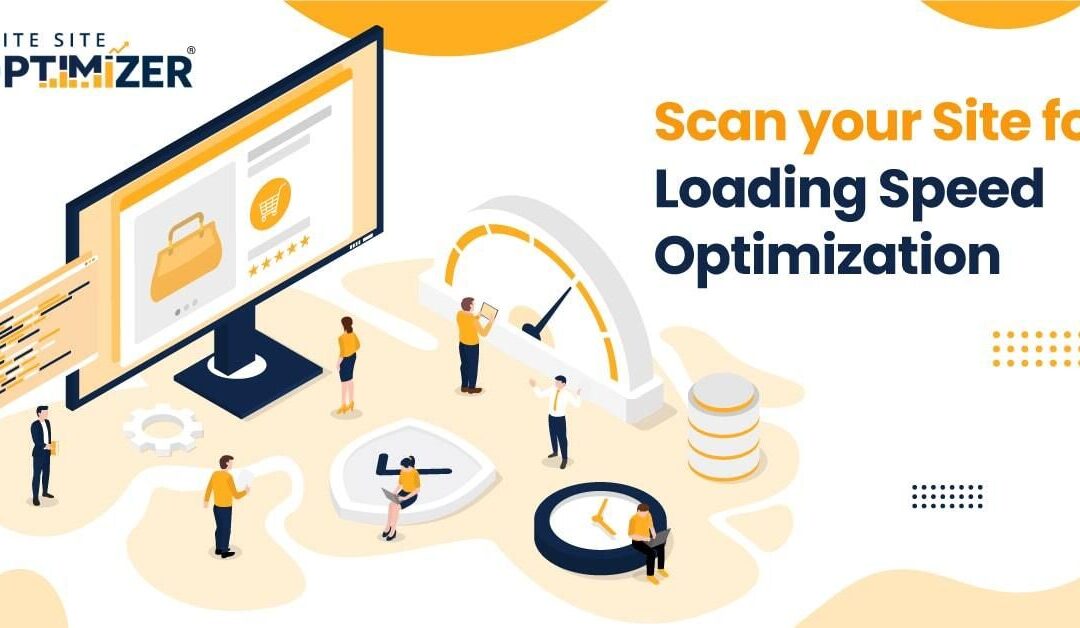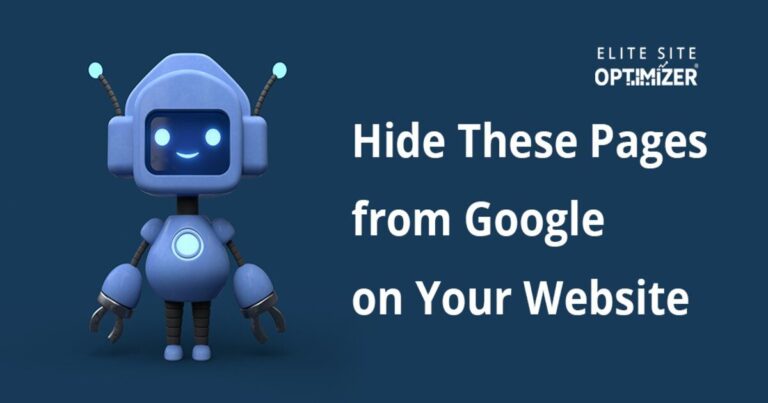The report evaluates elements that result in slower loading. Images can be optimized with higher quality at lower file sizes. Minification of Javascript and CSS reduces the amount of code loaded per page. Effective browser cache settings can serve static assets quickly. ESO also identifies if the overall page size can be reduced.
Check For Ways to Speed Up Your Page Loading
Many factors affect accessibility and user experience, but visitors to websites tend to prioritize loading speed over all other factors. Slow-loading websites lead to users getting a bad impression of the site. They will browse fewer pages or not even wait for the first page to finish loading. Search engine bots also measure loading speed when crawling web pages and will downrank pages if they take more than 2 seconds to load.
If websites want to retain users and boost their search engine performance, they need to do everything possible to cut down on elements that delay loading so they can offer fast, more accessible pages. Running a scan of web page performance can reveal different elements that can be modified to reduce loading times.
Reduce Size of Code
While the text of HTML and other code doesn’t take up much space compared to images and other resources, it can add up if pages get too long or multiple pages are loaded. For this reason, it’s recommended to minify HTML, JavaScript, CSS, and other scripts. Minification removes unnecessary and redundant code and replaces it with shorter versions that have the same effects on the page. Many shortcuts and simplifications can reduce the amount of code that a page needs to load. Google’s PageSpeed Module and tools like MinifyHTML can increase loading speeds.
Read Also:-Follow This Checklist for a Mobile-Friendly Website
Check Browser Cache Settings
The browser cache can be used to store data from sites so that users don’t need to download it again when returning later, including any static content like HTML, JavaScript, and images. Site owners can set how long the data should be stored, and they can modify their cache settings using .htaccess files or plugins. Using the visitor’s browser cache can reduce loading and save bandwidth, reducing strain on servers and making pages load faster.
Image size
Pages that need to load one or more images use much more bandwidth and increase loading times. A scan of your pages can reveal that the cause of slow loading is the size of images. In addition to storing images in a browser cache, site owners can take other steps to optimize image size while not reducing quality. ‘Lazy-loading’ images don’t load until they are needed, so they don’t slow down initial loading time. Responsive images are another solution, serving the right-sized images for the page size. Using oversized images can be avoided using <img srcset> to set the right size depending on the screen size.
Reducing file size, either by reducing quality or losslessly, makes using images much more viable. Many tools exist for this. Compression with Imagemin can further reduce the file size without losing quality to the average viewer. Another approach is using vector graphics with .svg files for simple graphics and logos since they can be compressed significantly and remain crisp and clear at any size.
Reduce the number of HTTP Requests
Check if your web pages require multiple HTTP requests to fully load the content and how long each request takes. More requests lead to longer loading, but fewer requests for larger individual files can take just as long. Check how many total requests you have and how long they take. In addition to trimming resource file sizes, use asynchronous JavaScript loading to prevent render-blocking so multiple areas of the page can load at once.
Also, it’s helpful to reduce the number of stylesheets and the fonts that need to load before a page can be displayed.
Get Regular Scans for Loading Speed Optimization
When a difference of a few seconds can change how users experience your site, you need to scan on a weekly basis for the issues that lead to slow loading. A trustworthy, comprehensive tool to scan for loading speed optimization opportunities can make your site accessible and user-friendly.






